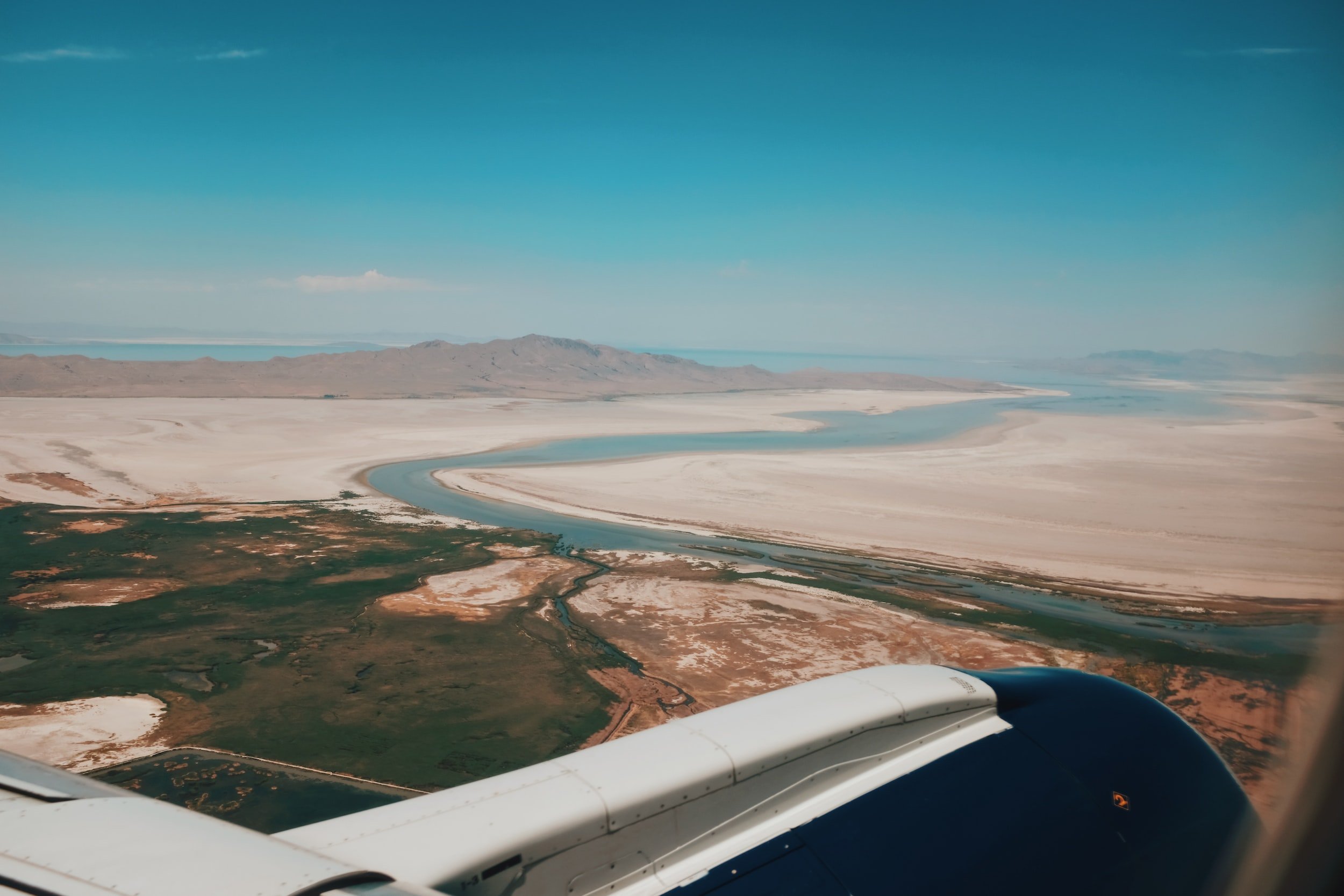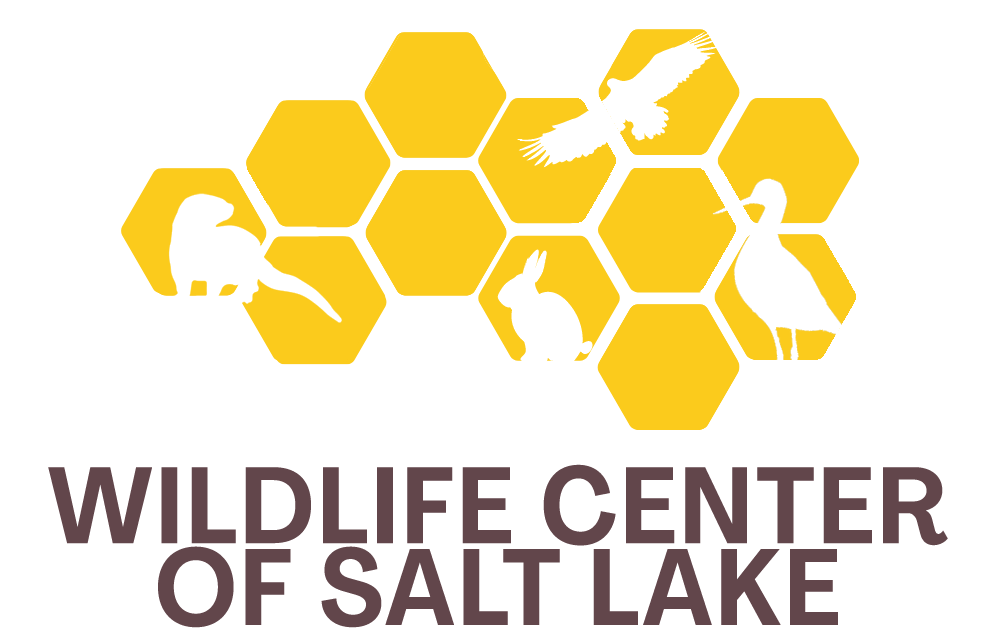
After Hours Capture & Care
What to do if we don’t answer the phone
Before taking any action please contact us at 801-800-1776. If you have called and we are closed, please take the following steps:
If the animal appears injured:
Prepare a cardboard box with airholes poked into the box (please put holes in the box before you capture the animal)
Capture the animal (preferably with gloved hands, taking care to wash your hands afterwards)
Place the animal in the box and keep it closed or covered at the top. Keeping the box closed and covered at the top is one of the most critical aspects to keep the animal safe and secure.
Other tips:
Do not keep the animal for longer than needed. The longer the animal awaits arrival at the facility, the less likely it will be to make it to release. Wildlife Center of Salt Lake has a full-service veterinary facility and four rotating veterinarians.
Do not feed the animal. If you have called after we are closed, many species (diurnal species) sleep overnight and will not eat overnight or in the dark anyway, so it is not necessary to feed them. It is in the best interest of the animal to receive a medical workup to screen for dehydration before they are fed. Feeding a dehydrated animal can cause further illness and disorders.
Cardboard box is best. Many people want to put animals in large or clear containers. Animals will move around more in larger containers, fall and tumble on the drive to our center, which increases the chances of the animal injuring itself more. Think of it this way - if you were injured in a hospital bed, you would want to be cozy and comfortable. You would want a quiet, dark hospital bed, not a bright room where strangers are looking in at you.
Signs of an injured animal:
If the animal appears uneven (one wing drooping or dragging, one leg at an odd angle)
If there is blood present
If the animal is unable to move or escape
How to capture a small bird:
You may feel nervous capturing a small bird because you are afraid to injure it further which is certainly a concern. As long as you gently handle the animal, and do not squeeze its body, the animal will usually tolerate minimal handling.
It is preferable to use a gloved hand; however, it is not necessary. You may also use a small hand towel which will temporarily disorient the animal, allowing for an easier and quicker capture.
You can scoop the animal up with both hands creating a “cage” with your hands and fingers. You can use a hand towel to drape over the bird and pick it up like it is a soda can with one hand. Once the bird has been placed in the box, you can remove the towel.
How to capture a large bird:
A larger bird such as a duck or gull may be easier to capture due to their size.
Sharp-beaked birds such as gulls, and long-beaked birds such as ibis may stretch their necks to bite you. Using a towel, small blanket, sweatshirt, or other tool will help you capture the bird and avoid getting bitten.
Sharp-beaked and long-beaked birds may try to bite your face. Once captured, holding the animal with straight arms (straight out and away from your body or straight down at your pelvis) will help you to avoid injury from these species. When using a towel or other tool, try to drape it over the head to help avoid this as well.
When capturing these birds, drape the towel over the body (and preferably the head) of the bird, placing one hand on each side of the body, over the wings/body, then pick up the bird with both hands. Place the bird in the box, remove the towel, and close or cover the box to keep the animal secure.
How to capture a bird of prey or dangerous bird:
Safety is top priority. Never catch an animal if you feel unsafe or if you feel like capturing the animal will put you in an unsafe situation.
Some callers find it intimidating to capture a bird of prey and are very hesitant. Most people are able to capture injured birds of prey without a problem. Using a towel, small blanket, sweatshirt, or other tool is absolutely necessary when capturing a bird of prey and we do not recommend capturing a bird of prey without this safety tool. If you have thick gardening gloves, welding gloves, or other hand protection, we do recommend that you use them.
Two things will happen when you try to catch a bird of prey - they will stand their ground, or they will run away.
If the bird runs away on foot, you may need to pick up your pace to be able to drape a towel over the bird. Try to drape the towel over the body and the head of the bird. They may roll onto their back with their talons up in the air. If this is the case, simply take a flat hand and slip it between the bird’s back and the ground to gently flip the bird over. One the bird has its back facing you, and the talons are towards the ground, place one hand on each side of the body, over the wings/body, then pick up the bird with both hands with the talons facing away from you. Place the bird in the box, remove the towel, and close or cover the box to keep the animal secure.
Wildlife veterinarian, Heather Barron, does a great job explaining how we can leave wild animals in the wild through care and observation. This video was provided to us by LafeberVet.
